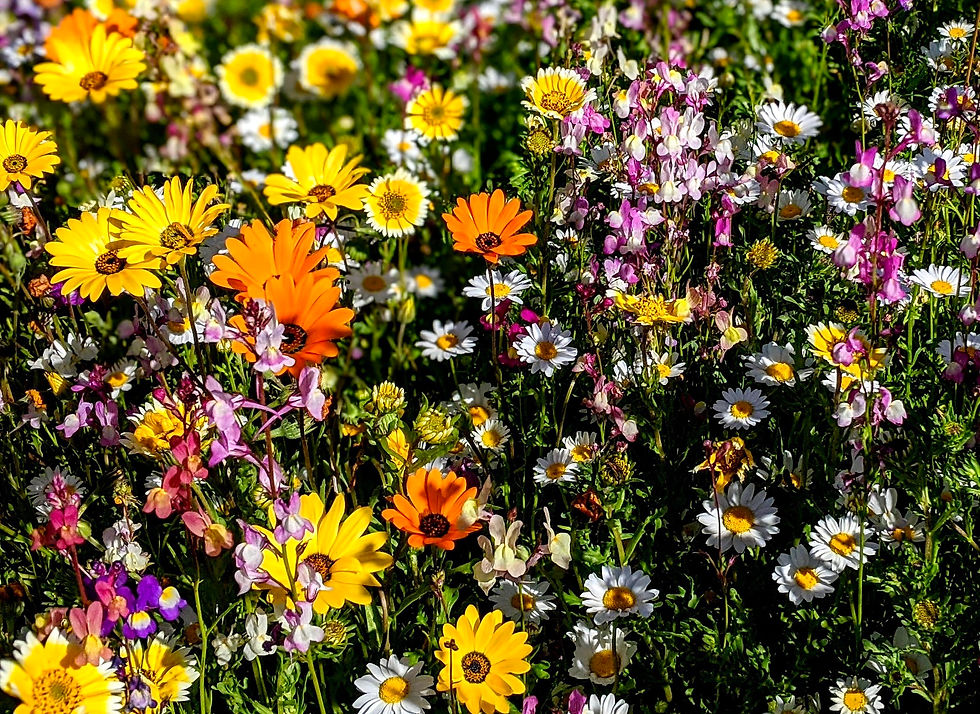How To Order: Quantity options listed represent bulk weights. Examples: 1 = 1 lbs, 25 = 25 bs.
Common Name: Fourwing Saltbush
Scientific Name: Atriplex canescens
Native / Introduced: Native
Main Uses:
~Rangeland
~Widlife habitat improvement
~Mine RestorationHeight: 2 - 6 feet
Colors: Light yellow or white flowers
Flowering Season: Summer to fall
Soil Types:
~All textures
~Most common on medium-coarse, deep, well-drainedElevation: 500 – 8,500 ft
Tolerances: Excellent alkali and salt
Sun or Shade: Full Sunlight
Minimum Precipitation: 6-9 inches
Lifecycle: Perennial
Planting Seed Rate: 1/2 bulk/ac
Estimated Seeds Per Pound: 55,000
Optimal Planting Season: Fall
Planting Depth: 1/4 - 1/2 inches
Stratification Required: Store in freezer and plant in fall to ensure natural stratification
Description
Fourwing Saltbush is a shrub that can be deciduous or evergreen, and it can be found throughout most of the western United States at elevations ranging from 500 to 8,500 feet. It can grow on all soil textures, but it is most commonly found on medium to coarse, deep, well-drained soils in areas such as sand dunes, washes, mesas, ridges, and slopes. The plant has excellent alkali and salt-tolerance, but it is not tolerant of high-water tables.
Fourwing Saltbush is a valuable and abundant forage producer that is palatable and nutritious to both livestock and many species of wildlife year-round. It also serves as an excellent food and cover for birds and small mammals. The plant is generally tolerant to heavy grazing and is one of the most important shrubs to plant on adapted sites for range and wildlife habitat improvement.
Furthermore, Fourwing Saltbush is useful for the restoration of disturbed sites caused by mining and other soil-disturbing activities, as well as for native landscaping. It is important to obtain seed from sources with compatible environmental conditions, especially climate, to ensure successful growth and establishment of the plant.
Resources
NRCS Plant Profile: https://plants.usda.gov/home/plantProfile?symbol=ATCA2
NRCS Plant Guide: https://plants.usda.gov/DocumentLibrary/plantguide/pdf/pg_atca2.pdf
top of page
$12.00Price
Related Products
bottom of page



























